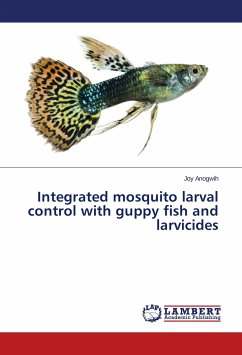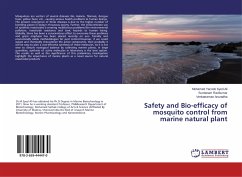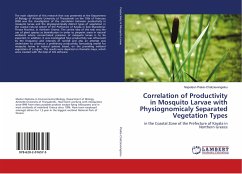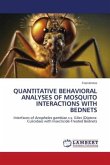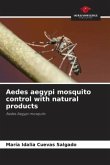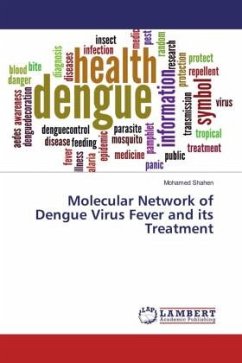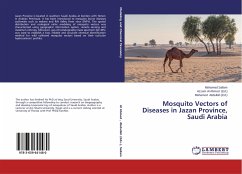Considering the failures in the utilization of single tactics in mosquito control programmes, it becomes imperative to explore a combination of methods (guppy and larvicides) in a compatible manner against mosquito larvae species. The toxicological profile of commonly used larvicides namely actellic, spinosad and chlorpyrifos were evaluated using suit of biomarkers to obtain compatible concentrations that would be used jointly with a biological control agent: Poecilia reticulata to regulate mosquito population at established fish to larvae feeding density. The results show that integrated approach is feasible and better than the use of single tactic only when certain factors like container size, predator to prey feeding density, appropriate larvicide and concentration are considered.

